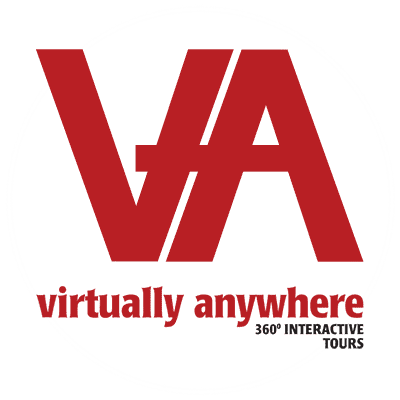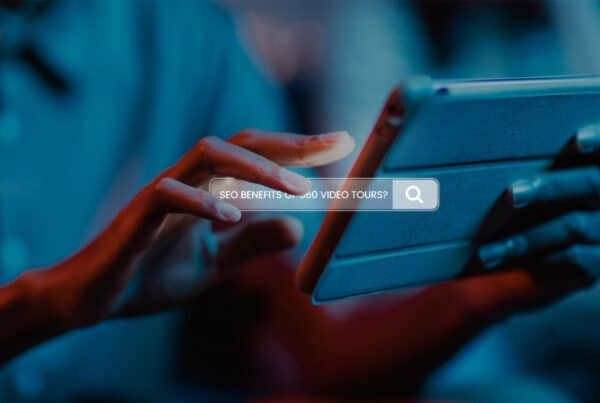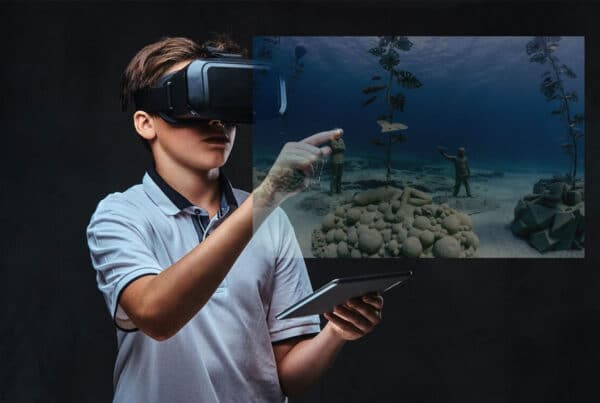
Introduction
In the competitive world of real estate, agents are continually seeking innovative ways to showcase properties and attract potential buyers. One powerful tool that has emerged are the 360 video tours. These immersive experiences allow prospective buyers to explore properties interactively, providing a unique perspective that traditional photos and videos cannot match. This article will discuss how real estate agents can effectively use 360 video tours to showcase properties, enhance marketing strategies, and ultimately drive sales.
Understanding 360 Video Tours
What Are 360 Video Tours?
360 video tours are interactive multimedia presentations that capture panoramic views of spaces using specialized cameras. Unlike traditional videos that offer a linear viewing experience, 360 tours allow users to navigate through environments at their own pace. Users can look around by clicking and dragging or using navigation arrows, creating a sense of presence and immersion.
Benefits of 360 Video Tours for Real Estate
- Enhanced Visualization: 360 video tours provide a comprehensive view of a property, allowing potential buyers to visualize the layout and flow of each room.
- Increased Engagement: The interactive nature of these tours keeps users engaged longer than static images or traditional videos.
- Remote Accessibility: Buyers can explore properties from anywhere in the world without needing to travel, making it easier for out-of-town clients to consider listings.
- Improved Decision-Making: By providing detailed views of properties, buyers can make more informed decisions without the need for multiple in-person visits.
How Real Estate Agents Can Use 360 Video Tours
1. Creating Immersive Property Listings
Real estate agents can incorporate 360 video tours into their property listings to provide potential buyers with an immersive experience.
- Showcasing Key Features: Highlight unique features such as spacious living areas, modern kitchens, or beautifully landscaped gardens through interactive tours. This allows buyers to appreciate the property’s full potential.
- Virtual Open Houses: Instead of hosting traditional open houses, agents can offer virtual tours that allow multiple potential buyers to explore the property simultaneously from their devices.
2. Enhancing Marketing Strategies
360 video tours can significantly enhance marketing efforts for real estate agents.
- Social Media Promotion: Sharing snippets or highlights from the virtual tour on social media platforms can attract more attention to the listing. Engaging posts with visuals often lead to higher engagement rates.
- Email Campaigns: Including links to 360 video tours in email newsletters can entice subscribers to explore new listings or upcoming open houses.
- Website Integration: Embedding virtual tours on property listing pages enhances the overall user experience and keeps visitors on the site longer.
3. Facilitating Remote Showings
With remote work becoming more common and many buyers relocating from different areas, 360 video tours provide a valuable solution for showcasing properties without requiring in-person visits.
- Global Reach: Agents can reach international clients who may be interested in purchasing property without being physically present. Virtual tours allow these clients to explore homes as if they were there.
- Convenience for Busy Clients: Buyers with busy schedules can view properties at their convenience, eliminating the need for coordinating multiple showings.
4. Improving Client Experience
The use of 360 video tours significantly enhances the overall client experience.
- Personalized Tours: Agents can tailor virtual tours based on a buyer’s preferences, allowing them to focus on specific features or areas of interest.
- Sharing with Family and Friends: Buyers can easily share virtual tours with family members or friends for feedback without needing to schedule multiple visits.
5. Streamlining the Decision-Making Process
The detailed views provided by 360 video tours help streamline the decision-making process for potential buyers.
- Comprehensive Exploration: Buyers can take their time exploring every aspect of a property, leading to more informed decisions about whether to proceed with an offer.
- Reduced Need for Physical Visits: By allowing buyers to thoroughly evaluate properties virtually, agents can reduce the number of physical showings required, saving time for both parties.
Best Practices for Implementing 360 Video Tours
To maximize the effectiveness of 360 video tours in real estate marketing, agents should consider several best practices:
High-Quality Production
Investing in high-quality production is essential for creating engaging virtual tours:
- Use Professional Equipment: Employ high-resolution cameras capable of capturing detailed footage. Aim for at least 4K resolution to ensure clarity when viewed online or through VR headsets.
- Stabilization Techniques: Utilize stabilization equipment during filming to avoid shaky footage that detracts from user experience.
User-Friendly Navigation
Ensure that your 360 video tour is easy to navigate:
- Intuitive Controls: Implement clear controls that allow users to move through the tour seamlessly. Incorporate navigation arrows or hotspots that guide users through different sections.
- Mobile Optimization: Ensure that your virtual tour is accessible on various devices—including smartphones and tablets—to reach a broader audience.
Incorporate Interactive Elements
Adding interactive features enhances user engagement:
- Hotspots with Information: Include clickable hotspots that provide additional information about specific exhibits or artifacts when selected.
- Quizzes and Polls: Engage users by including quizzes or polls related to the content of the tour. This interactive element encourages participation and reinforces learning.
Promote Your Tour Effectively
Once your 360 video tour is complete, promote it effectively:
- Social Media Campaigns: Share snippets of your virtual tour on social media platforms with engaging captions that encourage followers to explore further.
- Email Newsletters: Include links to your virtual tour in email newsletters sent to subscribers, enticing them with exclusive content or sneak peeks at upcoming exhibitions.
Measuring Success
To assess the effectiveness of your 360 video tours in driving sales and engagement:
- Track Engagement Metrics: Monitor how long users spend viewing your virtual tour and which sections they interact with most frequently.
- Analyze Conversion Rates: Compare conversion rates before and after implementing 360 video tours in your marketing strategy.
- Gather Feedback: Solicit feedback from clients regarding their experiences with virtual tours and how they influenced their decision-making process.
Conclusion
In conclusion, 360 video tours represent a powerful tool for real estate agents looking to showcase properties effectively while enhancing client engagement and satisfaction. By providing immersive experiences that allow potential buyers to explore homes interactively, these virtual tools significantly improve marketing strategies across the industry. To maximize the impact of 360 video tours, real estate agents should focus on high-quality production values, user-friendly navigation features, interactive elements, and effective promotional strategies while measuring success through engagement metrics and client feedback. As technology continues evolving and more organizations embrace immersive experiences like 360 video tours as part of their marketing strategies or customer engagement efforts, understanding best practices for implementation will be essential for maximizing impact and creating lasting impressions on audiences worldwide.




